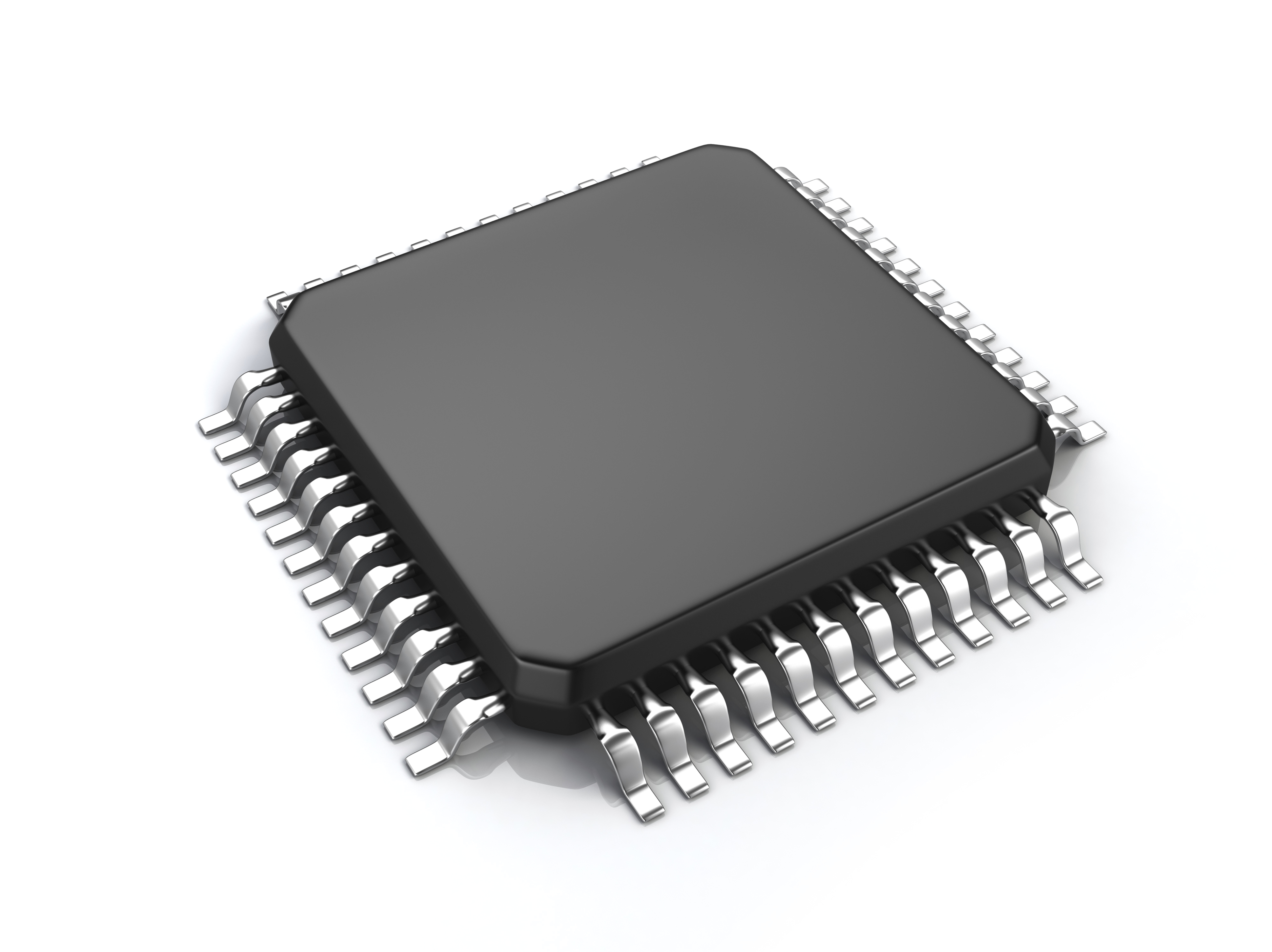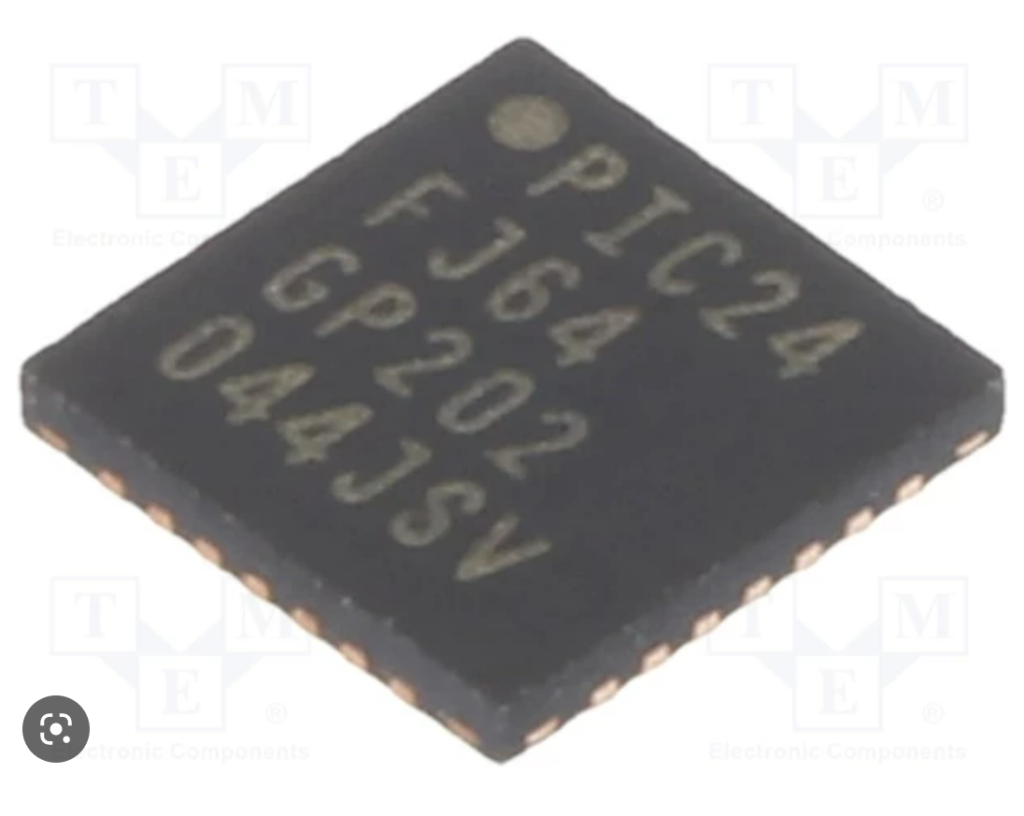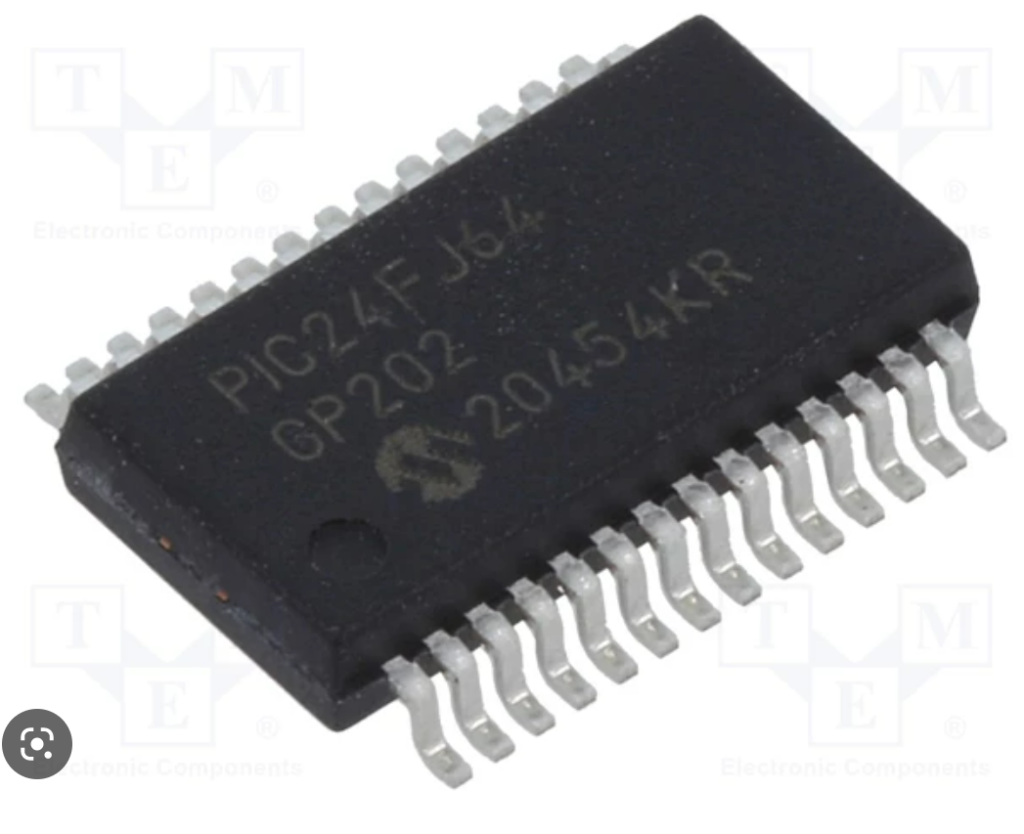Unlock Microchip PIC24FJ64GP202 Program Memory
Unlock Microchip PIC24FJ64GP202 Program Memory is a process to break microchip mcu pic24fj64gp202 tamper resistance system, and extract source code from pic24fj64gp202 microcontroller flash memory;

- VREF+ pin used when external voltage reference for analog modules is implemented
Note: The AVDD and AVSS pins must always be connected, regardless of whether any of the analog modules are being used.
Notes:
See 2.4 Voltage Regulator Pin (VCAP) for an explanation of voltage regulator pin connections.
The example shown is for a PIC24F device with five VDD/VSS, VUSB3V3/VSS and AVDD/AVSS pin pairs. Other devices may have more or less pairs; adjust the number of decoupling capacitors appropriately.
These pins have an increased current drive strength.

The use of decoupling capacitors on every power supply pin, such as VDD, VUSB3V3 and AVDD, is required. Consider the following criteria when using decoupling capacitors:
Value and type of capacitor: 0.1 μF (100 nF), 25V-50V capacitor is recommended. The capacitor should be a low-ESR device with a self-resonance frequency in the range of 200 MHz and higher. Ceramic capacitors are recommended to clone pic24fj64gp202 microprocessor secured flash firmware heximal file.
Placement on the Printed Circuit Board: The decoupling capacitors should be placed as close to the pins as possible. It is recommended to place the capacitors on the same side of the board as the device. If space is constricted, the capacitor can be placed on another layer on the PCB using a via; however, ensure that the trace length from the pin to the capacitor is no greater than 0.25 inch (6 mm).
Handling high-frequency noise: If the board is experiencing high-frequency noise (upward of tens of MHz), add a second ceramic-type capacitor in parallel to the above described decoupling capacitor. The value of the second capacitor can be in the range of 0.01 μF to 0.001 μF when unlocking microcontroller pic24fj64gp202 flash memory. Place this second capacitor next to each primary decoupling capacitor. In high-speed circuit designs, consider implementing a decade pair of capacitances as close to the power and ground pins as possible (e.g., 0.1 μF in parallel with 0.001 μF).

Maximizing performance: On the board layout from the power supply circuit, run the power and return traces to the decoupling capacitors first, and then to the device pins. This ensures that the decoupling capacitors are first in the power chain. Equally important is to keep the trace length between the capacitor and the power pins to a minimum, thereby reducing PCB trace
inductance.

